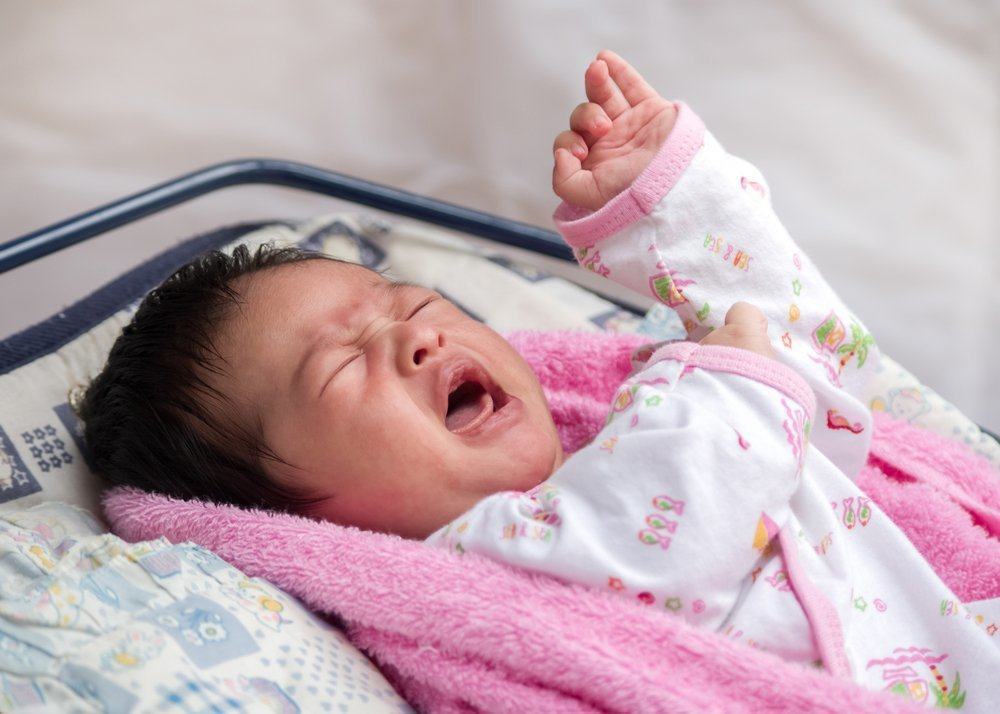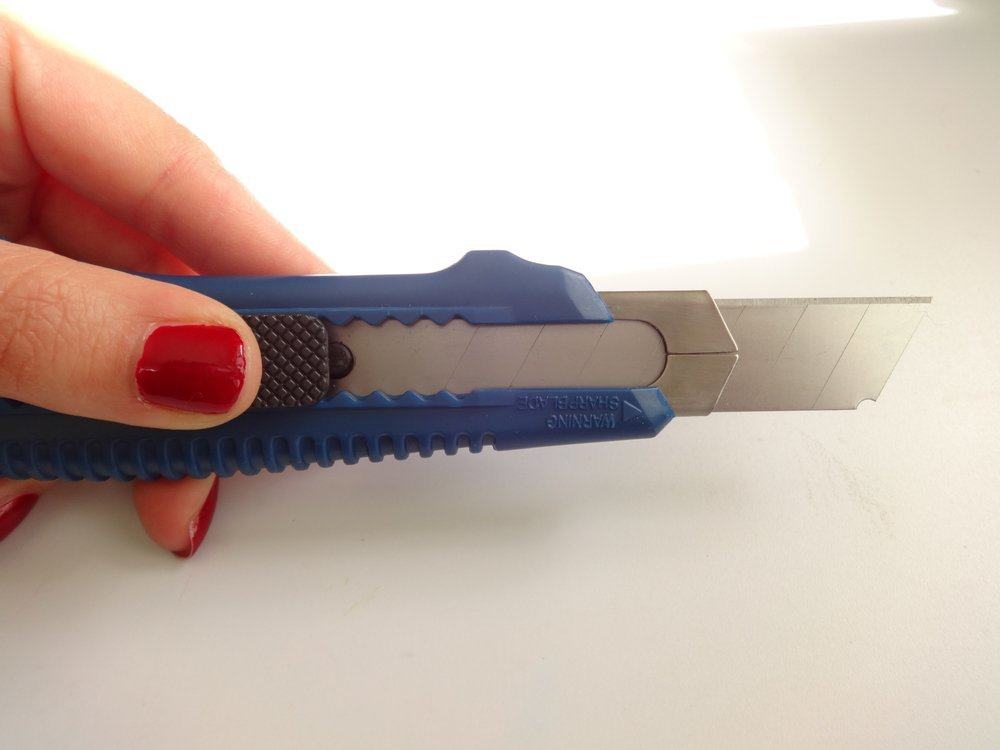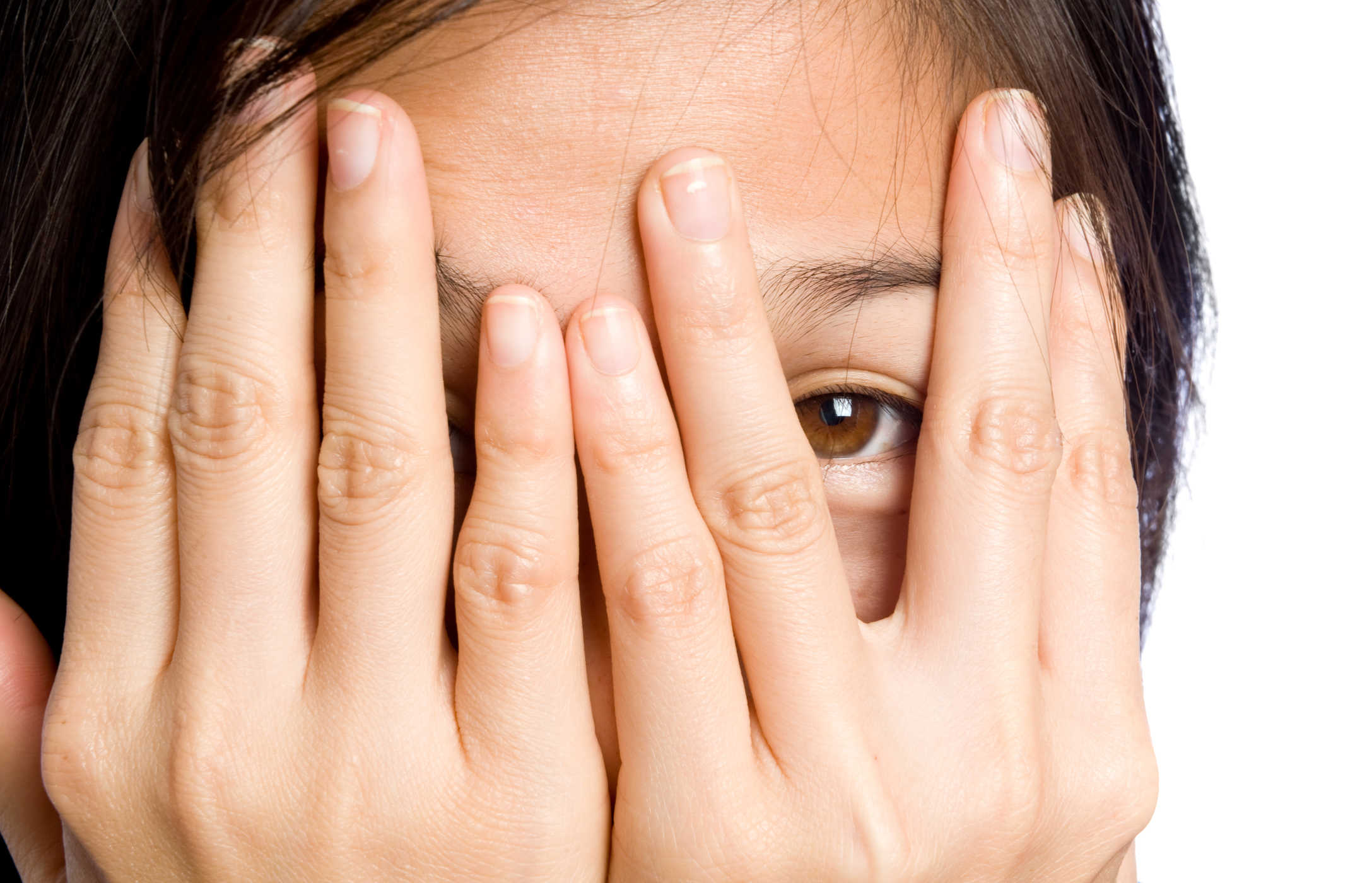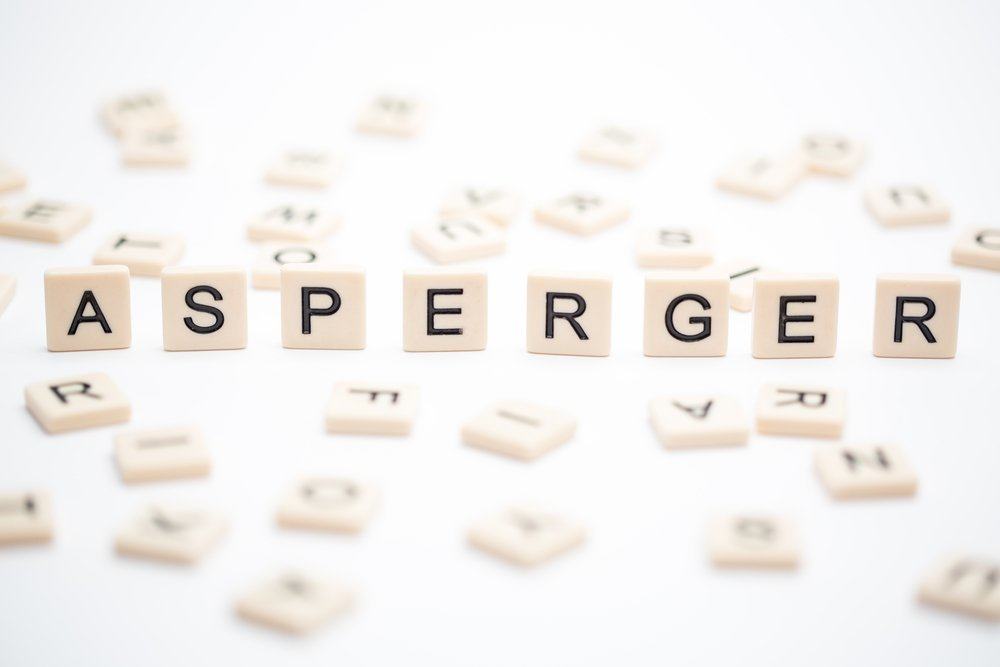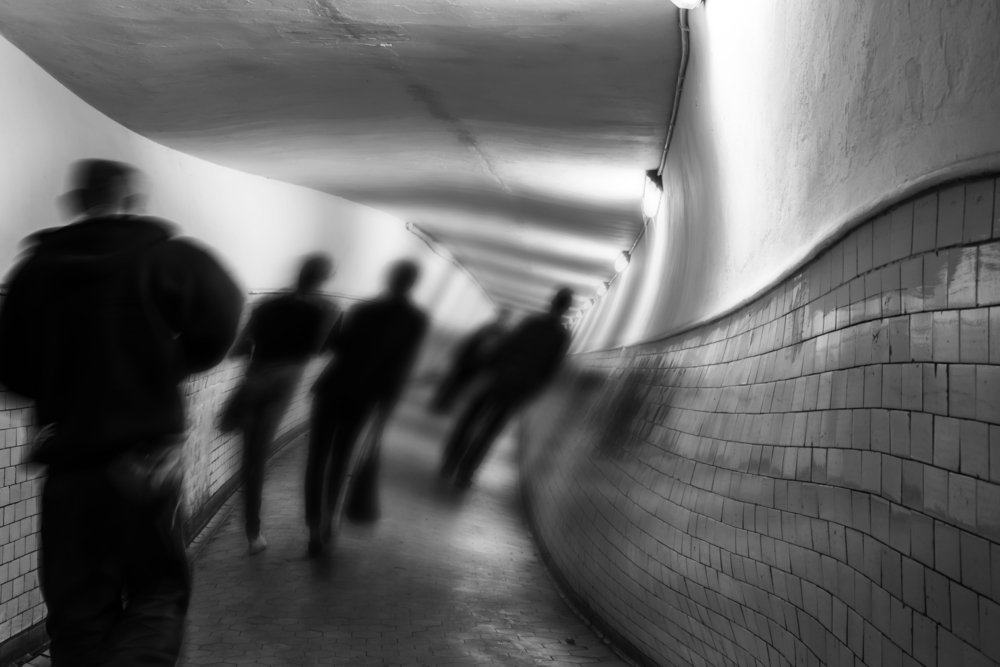Contents:
- Medical Video: What To Do If Your Child Experiences Febrile Seizures
- What is a febrile seizure (step)?
- What causes febrile seizures (step)?
- Can febrile seizures occur repeatedly?
- Is febrile seizure dangerous?
- How do you deal with febrile seizures?
- How to prevent febrile seizures?
Medical Video: What To Do If Your Child Experiences Febrile Seizures
Seizures when a child has a fever or often called step often worries parents. Symptoms that arise during seizures include muscle stiffness, whole body jolt, or not responding when the name is called, so it is only natural if this makes parents panic. Febrile seizures often occur in around 2-4% of children aged 6 months to 5 years. This step event is often associated with epilepsy and child development disorders, but is that true?
What is a febrile seizure (step)?
Febrile seizures are seizures that occur when there is an increase in body temperature, usually above 380C, which is caused by a process outside the brain. Febrile seizures occur in children aged 6 months to 5 years, with symptoms of fever that precede seizures. Symptoms that occur in febrile seizures are usually in the form of:
- The child is not aware of the seizure, after seizure consciousness usually returns
- Stiffness in the feet or hands
- Feet or hand twitching
- Eyes glare, or flicker
Based on the symptoms that arise, the duration of seizures and the type of seizure, febrile seizures can be divided into two types:
- Simple febrile seizures: seizures lasting less than 15 minutes, not repeated within 24 hours, seizures occur throughout the body.
- Complex febrile seizures: seizures lasting more than 15 minutes, can recur within 24 hours, seizures occur in one part of the body.
What causes febrile seizures (step)?
The cause of febrile seizures is a sudden increase in temperature, caused by inflammation or infection. Allegedly genetic factors also play a role in the incidence of febrile seizures. This is due to differences in the threshold of seizures in children, there are children who are seizures when the body temperature is 38 degreesC, but there is a child who is just seizure when the temperature is above 40 degreesC.
Can febrile seizures occur repeatedly?
In some cases, febrile seizures in children can recur. The possibility of seizures recurs especially in the first year, and the risk factors that influence them are as follows:
- History of febrile seizures in the family
- Age less than 12 months
- Low temperature during seizures
- The speed of seizures after a fever
If the above factors are found, the probability of recurring febrile seizures is around 80%, whereas if there are no risk factors found, then the probability of recurring is 10-15%.
Is febrile seizure dangerous?
Until now there have been no reports of child deaths caused by febrile seizures. Disability as a complication of febrile seizures has also never been reported. Mental and intelligence development generally remains normal in children who are born normal, even though they have experienced febrile seizures. Febrile seizures usually disappear by themselves when a child is 5 years old. Epilepsy occurs in less than 5% of children with febrile seizures, and generally in these children there are other risk factors, such as:
- The existence of developmental abnormalities or clear intelligence before the onset of the first febrile seizure
- Complex febrile seizures
- History of epilepsy in parents or siblings
Each of the above risk factors increases the likelihood of epilepsy by 4-6%. If all are found, the possibility of epilepsy increases to 10-49%.
Not all seizures accompanied by fever are febrile seizures. If seizures occur outside the age range of 6 months to 5 years, or after the child's seizures remain unconscious, then the doctor will perform several checks to determine other causes of seizures such as meningitis, encephalitis, or epilepsy.
How do you deal with febrile seizures?
Febrile seizures are a condition that is generally not dangerous, so parents do not need to worry too much if there is a seizure. The following are things that can be done when a child has a seizure:
- Stay calm and not panic.
- Move the child to a safe place, keep it away from dangerous items such as glassware, sharp objects, or electricity sources.
- Loosen tight clothing, especially around the neck.
- Tilt the child so that the food or drink in the mouth comes out so the child does not choke.
- Do not put anything in the child's mouth.
- Do not hold the child's leg or hand by force during a seizure, because it can cause fractures.
- Measure the child's temperature during a seizure, observe how long the seizure is and what happens during a seizure, because this information is very useful for your pediatrician.
- Stay with the child when seizures.
- If you have had a seizure beforehand, doctors usually equip parents with diazepam which is inserted through the buttocks. Give if the child is still seizure and not given if the seizure has stopped.
How to prevent febrile seizures?
The principle of prevention of febrile seizures is to reduce heat when the child has a fever by administering drugs, such as paracetamol or ibuprofen. Give the child a warm compress, on the forehead, armpit or elbow fold. Give children plenty to drink to reduce the temperature. Parents should have a thermometer at home so they can measure the child's temperature and can provide prevention as mentioned.
READ ALSO:
- Vomiting in Infants and Toddlers: Which is Normal, Which Is Harmful
- Overcoming High Fever in Children, Adolescents, and Adults
- Overcoming Toddler's Nosebleeds

